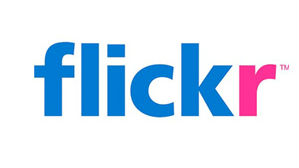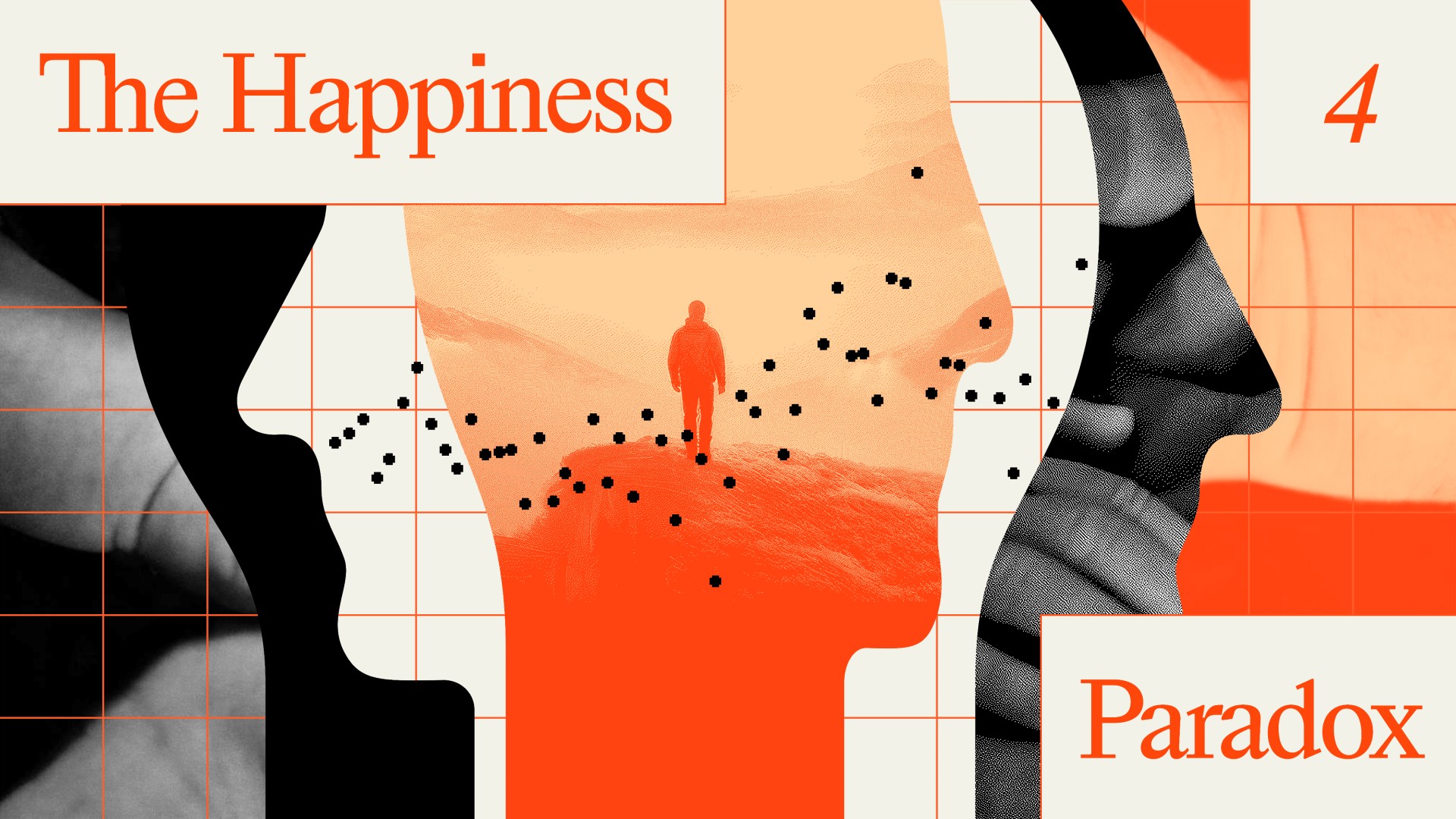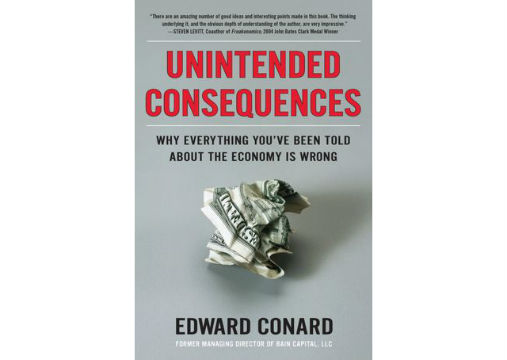How Yahoo! Killed Flickr

What is the Big Idea?
Flickr, a photo sharing application with a social media component, used to be one of the most popular tools for sharing photos on the Web. Its tagline read “almost certainly the best online photo management and sharing application in the world.” And until three years ago, Flickr was indeed the best photo sharing service in the world.
It boasted the “best social tools, the most vibrant user base, and toppest-notch storage,” according to Mat Honan of Gizmodo. But now, it’s “rapidly passing into the irrelevance of abandonment.”
So what happened? The answer: Yahoo!
What is the Significance?
Flickr’s slow death is a case study on what-not-to-do for blossoming start-ups. Yahoo’s acquisition of Flickr was off to good start. “Yet even early on, there were signs that the transplant—which had seemed so successful at first—was going to fail. The DNA didn’t match,” writes Honan. He breaks down the source of Flickr’s demise.
Integration Is The Enemy of Innovation – When a big company gobbles up a smaller one, often only a fraction of the money is handed over up front. The rest comes later, based on the acquisition hitting a series of deliverables down the road. It’s similar to how incentives are built into the contracts of professional athletes, except with engineering benchmarks instead of home runs.
And so when Flickr hit the ground at Yahoo it was crushed with engineering and service requirements it had to meet as per demands of the acquisition integration team. Those were a drain on resources, human and financial. Even though many of the resources came from Yahoo, they were debited against Flickr. This created an untenable cycle that actively hampered innovation.
Socially Awkward – The first point in Flickr’s two point mission statement is to help people make their photos available to the people who matter to them. Flickr had—and still has—excellent tools for this. Flickr was an early site that let you identify relationships with fine grained controls—a person could be marked as family but not a friend, for example—instead of a binary friend/not friend relationship. You can mark your photos “private” and allow no one else to see them at all, or identify just one or two trusted friends who may view them. Or you can just share with friends, or family. Those granular controls encouraged sharing, and commenting, and interaction. What we are describing here, of course, is social networking.
“By the time we were looking at Flickr, Yahoo was getting the shit kicked out of it by Google. The race was on to find other areas of search where we could build a commanding lead,” says one high ranking Yahoo executive familiar with the deal.
Flickr offered a way to do that. Because Flickr photos were tagged and labeled and categorized so efficiently by users, they were highly searchable.
“That is the reason we bought Flickr—not the community. We didn’t give a shit about that. The theory behind buying Flickr was not to increase social connections, it was to monetize the image index. It was totally not about social communities or social networking. It was certainly nothing to do with the users.”
And that was the problem. At the time, the Web was rapidly becoming more social, and Flickr was at the forefront of that movement. It was all about groups and comments and identifying people as contacts, friends or family. To Yahoo, it was just a fucking database.
Immobile App – Flickr had a robust mobile Web site way back in 2006—before the iPhone even shipped. You could use it with your piece of crap Symbian phone, or the dinky screen on your Sony Ericsson T68i. But it was basically just a browser. If you wanted to get a photo from your phone to your account, you had to email it.
And then in 2008, something happened that made the mobile Web a sideshow altogether: apps. The iPhone’s App Store ushered in a new era that changed the way we interacted. People didn’t want mobile web experiences that required them to skip from a camera app, to an editing app, back to the Web and possibly even over to email to upload and share an image. They wanted an app that did all those things. The Flickr team understood that. Unfortunately they couldn’t do anything about it.
What’s Next?
Flickr is still valuable, says Honan. It has a database of geotagged, Creative Commons- and Getty-licensed, subject-tagged photos. But while the Flickr ship was sinking a whole new group of photo apps have popped up.
“It’s under attack not just from Facebook and Instagram and, hell, TwitPic and Imgur (Imgur for fuck’s sake!) but also the likes of Dropbox, Google Drive, Skydrive, and Box.net. Not to mention Apple’s iCloud and PhotoStream, Google’s Picasa, and yes even Google+, which does automatic photo uploads from Android handsets in glorious full resolution complete with geotags and EXIF data,” writes Honan.
A comeback is highly unlikely.
Photo courtesy of Wikimedia





